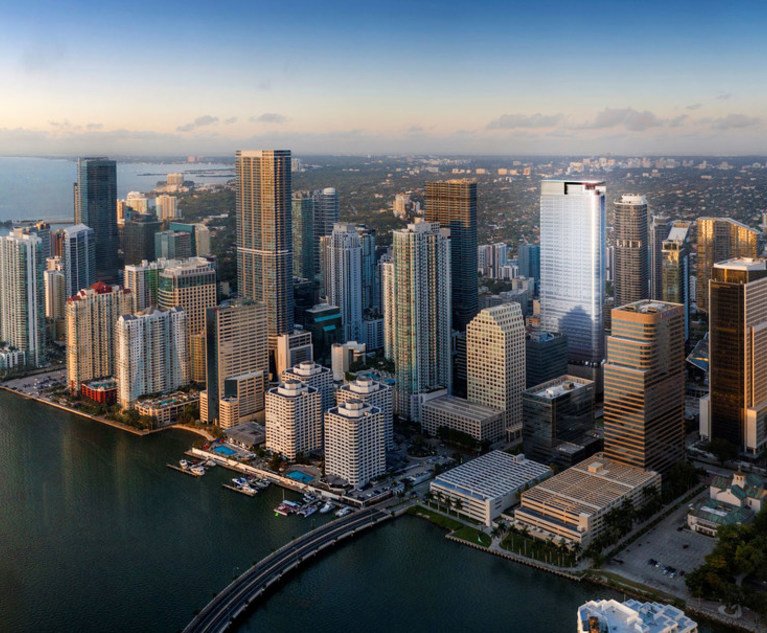Miracle of Miami Runs Headlong Into 7.4% Inflation

Tampa-St. Petersburg saw 6.7% in September.
Talking about the national level of inflation has its place, but so does recognizing that year-over-year increased costs of living vary greatly by region. While interest rates get triggered by national rates, high local inflation could make it difficult for many people to support the types of rent increases that landlords facing the need to support higher financing costs might seek.
The Consumer Price Index saw a year-over-year increase of 3.2% in October. Overall, shelter costs continued to rise, according to the Bureau of Labor Statistics, offsetting lower energy prices. In non-seasonally adjusted numbers, they were up 6.7% year over year, second only to the 9.2% for transportation services. The cost of a home remains the big ongoing cause of higher inflation, which ironically means one of the big drivers for higher inflation that has driven up the high interest rates as the Federal Reserve tries to fight rising prices.
As inflation is connected to the rising cost of housing, then regions with higher inflation will more likely see higher rent increases. All that paints a picture of pressure on the tenant — residential, primarily — which then increases the owner’s risk of regularly obtaining timely payments.
In some metro areas, the BLS Table 4. Consumer Price Index for All Urban Consumers showed significant differences from average inflation of 3.2%. The most extreme was Miami-Fort Lauderdale-West Palm Beach, FL, which saw a year-over-year inflation of 7.4%, roughly two-and-a-third times as high. In the September sampling, the metro area of Tampa-St. Petersburg-Clearwater, FL experienced 6.7% inflation and Denver-Aurora-Lakewood, CO had 5.4%.
One explanation is Florida’s population growth, a factor many CRE professionals from the state speaking with GlobeSt.com credit as the major factor in real estate there. Companies add significant branch locations or relocate headquarters and people from other parts of the country migrate for the jobs. Although there is significant multifamily construction in the state, it is difficult to scale up as quickly as people can move there. When demand rises faster than supply, the result is typically an increase in pricing. The CRE miracle happening in compressed time comes with a high price tag.
There is a secondary set of metros in which inflation is elevated but not to the extent of the two Florida ones. Seattle-Tacoma-Bellevue, WA saw 4.8% in October. In September, Riverside-San Bernardino-Ontario had 49%, San Diego-Carlsbad, CA saw 4.7%, and Dallas-Fort Worth-Arlington, TX had 4.6%.


